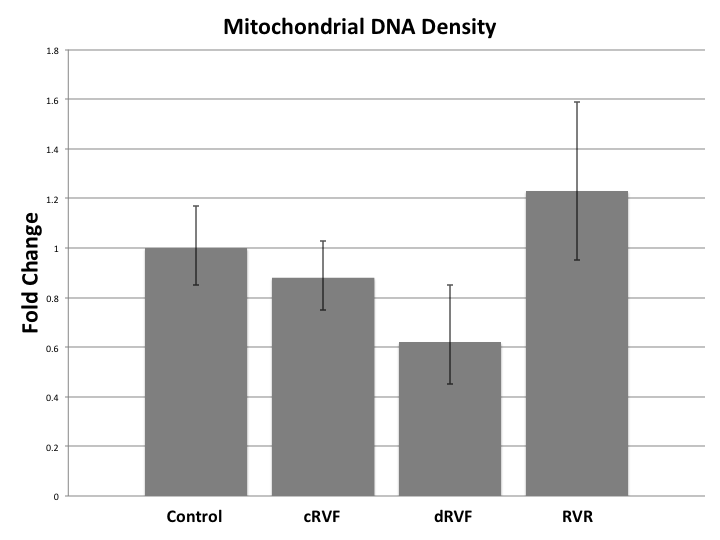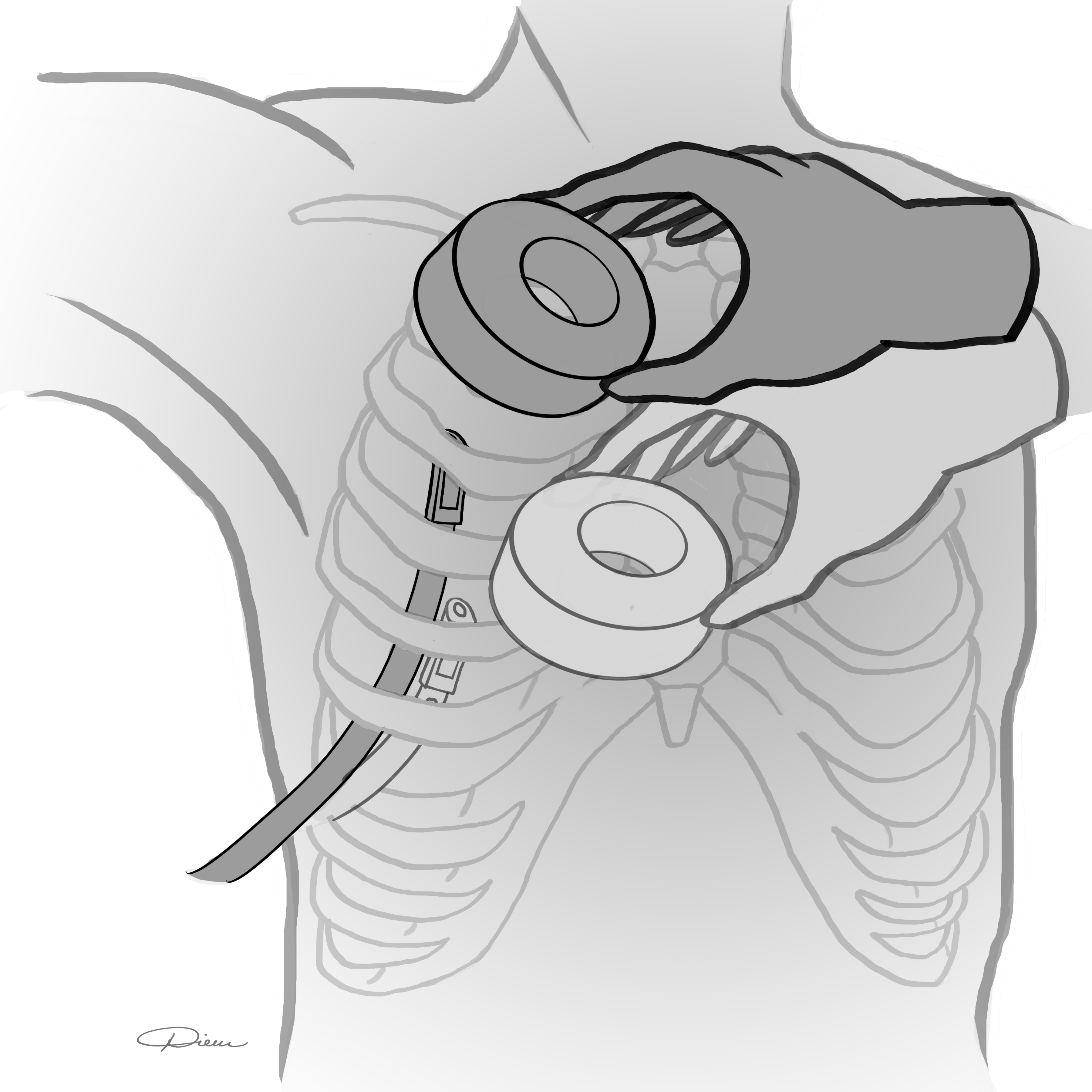V. Guduguntla1,2,5, J. Syrjamaki1,5, C. Ellimoottil1,3,4,5, D. Miller1,3,4,5, P. Theurer1,6, D. Likosky1,7, J. Dupree1,3,4,5 1University Of Michigan,Ann Arbor, MI, USA 2University Of Michigan,Medical School,Ann Arbor, MI, USA 3Institute For Healthcare Policy And Innovation,Ann Arbor, MICHIGAN, USA 4Dow Division Of Health Services Research,Department Of Urology,Ann Arbor, MICHIGAN, USA 5Michigan Value Collaborative,Ann Arbor, MICHIGAN, USA 6The Michigan Society Of Thoracic And Cardiovascular Surgeons Quality Collaborative,Ann Arbor, MICHIGAN, USA 7Section Of Health Services Research And Quality,Department Of Cardiac Surgery,Ann Arbor, MICHIGAN, USA
Introduction: Coronary Artery Bypass Grafting (CABG) is a common and expensive surgery. Starting in July 2017, CABG will become part of a mandatory Medicare bundled payment program, an alternative payment model where hospitals are paid a fixed amount for the entire care process, including care for 90-days post-discharge. Details on the specific drivers of CABG payment variation are largely unknown, and an improved understanding will be important for policy makers, hospital leaders, and clinicians.
Methods: We identified patients undergoing CABG at 33 non-federal hospitals in Michigan from 2012 through June 2015 using data from the Michigan Value Collaborative, which includes adjusted claims from Medicare and Michigan’s largest private payer. We calculated 90-day price-standardized, risk-adjusted, total episode payments for each of these patients, and divided hospitals into quartiles based on mean total episode payments. We then disaggregated payments into four components: readmissions, professional, post-acute care, and index hospitalization. Lastly, we compared payment components across hospital quartiles and determined drivers of variation for each component.
Results: We identified a total of 5,910 patients across 33 Michigan hospitals. The mean age was 68 and 74% were male. The mean 90-day episode payment for CABG was $48,571 (SD: $20,739; Range: $11,723-$356,850). The highest cost quartile had a mean total episode payment of $45,487 compared to $54,399 for the lowest cost quartile, resulting in a difference of $8,912 or 16.4%. The highest cost quartile hospitals, when compared to the lowest cost quartile hospitals, had greater readmissions (1.35x), professional (1.34x), post-acute care (1.30x), and index hospitalization payments (1.15x) (all p<0.05). The main drivers of this variation are patients with multiple readmissions, increased use of evaluation and management (E&M) services, higher utilization of inpatient rehabilitation, and diagnosis related group distribution, respectively.
Conclusions: Significant variation exists in 90-day CABG episode payments for Medicare and private payer patients in Michigan. These results have implications for policymakers implementing CABG bundled payment programs, hospital administrators leading quality improvement efforts, and clinicians caring for these patients. Specifically, hospitals and clinicians entering bundled payment programs for CABG should work to understand local sources of variation, including multiple readmissions as well as inpatient E&M and post-discharge rehabilitation services.







